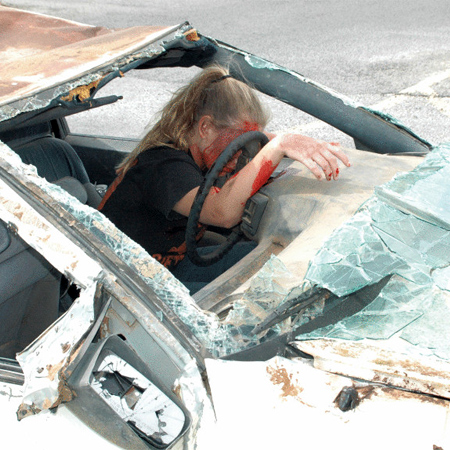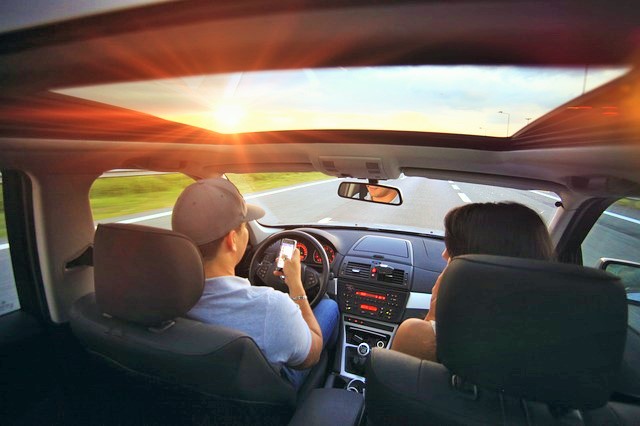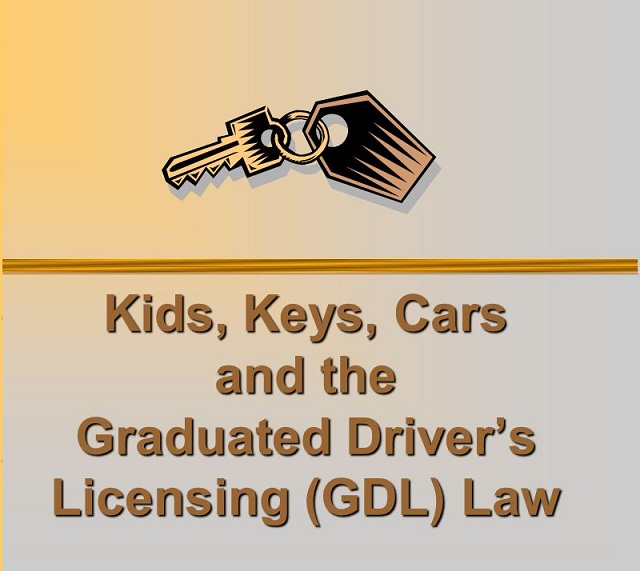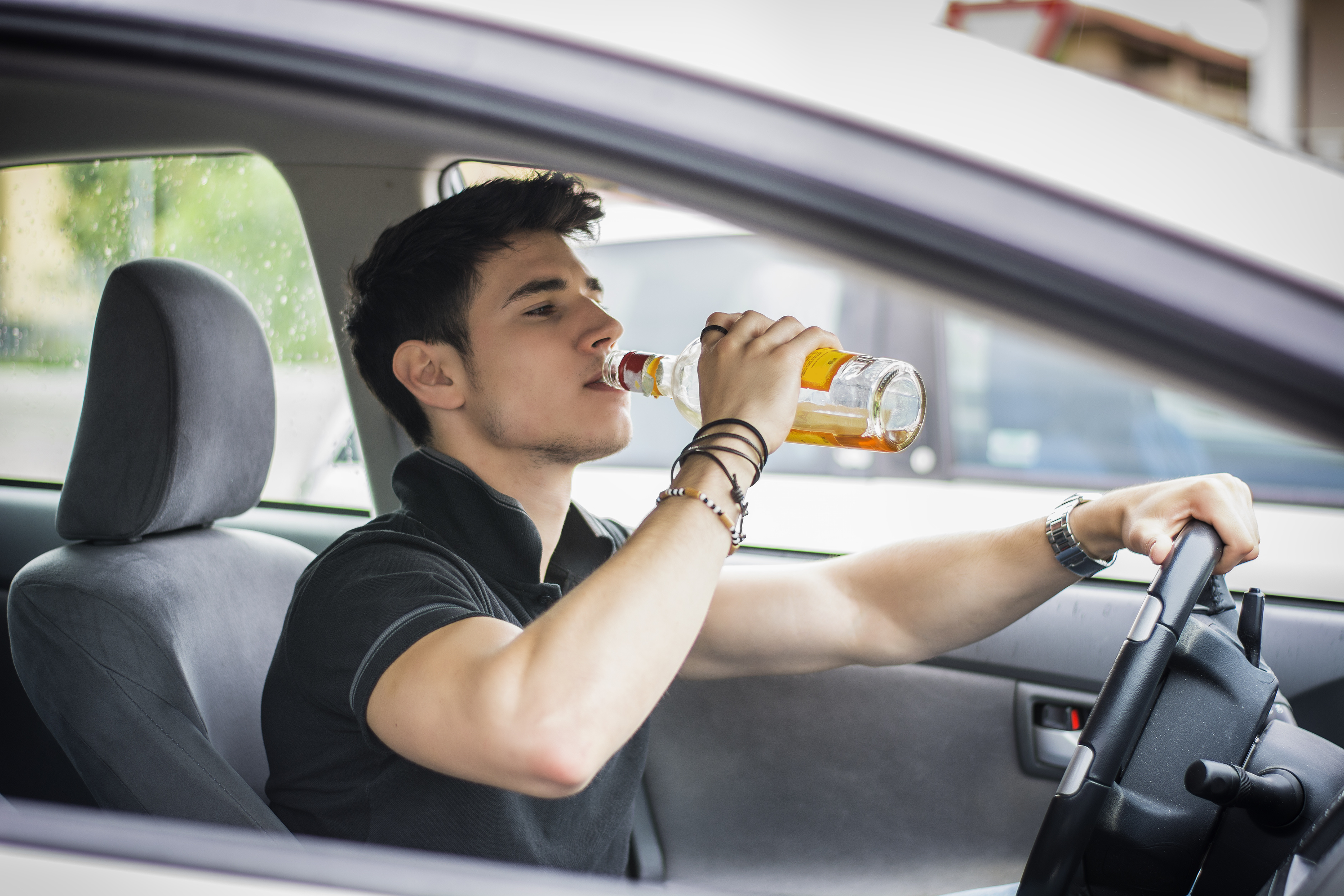
It is proven that the more parents choose to deprive teenagers of their wants, the more their angst grows. So seeing how strict parental authority won’t work. The best you can do as parents is to help your children learn to be responsible. Teenagers are distracted, and basically their minds are not as developed as the same level of reasoning adults have. Teenagers happen to also be the most at risk for vehicular accidents. The National Safety Council notes that one of five 16-year-olds are at risk of car crashes especially during the first year of driving. As parents, it is a horrible nightmare to hear news that your children are involved in an accident or even a fatality that is far worse. Thus, you would want to do everything in your power to reduce car accidents involving teens.
Scroll down for video

SplitShire
To be able to ensure the safety and security of teenagers everywhere, government agencies have been scrambling to lend out a hand to parents who have given children the authority to drive on their own. Do not let the numbers discourage you from letting your teenager drive as the statistics may be high, but ultimately crashes are preventable. In fact, there are numerous ways to avoid them from happening in the first place.
5 Tips To Reduce Car Accidents Involving Teens
The Graduated Driver Licensing (GDL) Law provided by the state of Michigan aims to help reduce the risk of teen-related car accidents. Those with Level 2 licenses are asked to comply to such rules, which include limiting the number of passengers and controling the number of underage drivers during the night.
These set of rules have become essential for putting parents at ease. Read more about them below.

1. Night driving restrictions
About 40 percent of fatal accidents happen at night. Parents should restrict teenagers from taking the car out after a set curfew of 10:00 p.m. or much earlier. In Michigan, teenagers are not allowed to take the wheel alone or unsupervised between 10:00 p.m. and 5:00 a.m.
2. Limit the number of passengers
Center for Disease Control (CDC) notes that the more teen passengers present in a car increases the risk of an accident, and it should be noted that the more males present increases risky driving behavior. The National Safety Council stresses that teenagers under 18 should not allow passengers during the first year of driving.
3. Distractions from mobile phones
Teenagers are not the only one who are guilty of this practice, as most adults do tend to check their phones while behind the wheel. According to the National Highway Traffic Safety Administration (NHTSA), teenagers have no control when it comes to using their mobile phones but continue to be in denial of such behavior.
As parents, the best you can do first is to set an example. Do not ever make it seem like it’s acceptable when you do it.
4. Prohibit alcohol

Applydocoument.co
To reduce car accidents involving teens, do not regulate the consumption of alcohol while driving; prohibit the use of it altogether. Besides, teenagers are not even allowed to drink in the first place and underage drinking has ended badly for many young lives. In a rather disturbing survey put together by NHTSA, one third of drivers aged 15 and 20 were killed in vehicular accidents because of alcohol. Almost all states have enforced strict rules on the regulated blood alcohol level while driving.
5. Mandatory seatbelt rules
Safety belts are not named that way for no reason. The most basic rule in car driving is to always put your seat belt, regardless the distance you are going to. Of the number of teens who died from fatal car accidents over the years, more than fifty percent were not wearing a seat belt.
Keep teenagers safety by closely monitoring their driving. A convenient way to do so is by installing a tracking system in their vehicle. Trackimo can be easily hard wired to your vehicle to give parents the ability monitor their teens real time location through a mobile application that is efficiently installed in your smartphone. With this device, you can reduce car accidents involving teens and keep your kids safe while they’re on the road.
Watch the video below